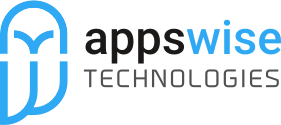
At the Implementation phase we do execution of the blue print Technical Specification (TS) prepared in design phase. Which means care fully developing each and every component of the product as per the given specification. These developments get performed by different developers or engineer depending on the project size. To continue our previous metaphor below are the exact steps which we perform in this phase –
- We create rechargeable energy cell and assemble it in a way that it takes minimum space and maximum energy.
- We build the adaptor to convert ac to dc to charge the battery with exact power required.
- We start building the overall products shape of circle and build other component in such a way that after complete assembly it gets into round shape.
- We procure heat sustainable light weight glass and cut it in round shape.
- We prepare the over all circuit with the capacitor timer, AC to DC adopter and battery so that it provides constant heat for given time and power.
After building each of above component we test each individually and make sure it passes the test and if not we fix it. This is called Unit Testing of individual components. Once we are done with unit testing we assemble the component to give it final shape and test the overall working of it. This is called Integration Testing (I&T).

Once integration testing is finished this phase completes and we ship the product for next phase which consist different regress testing steps.
Since you are with us so far we are sure it started making sense, if so please share your feedback with us in comments section or even you think otherwise. We would be covering the testing phase of SDLC in followup post, stay tuned.




